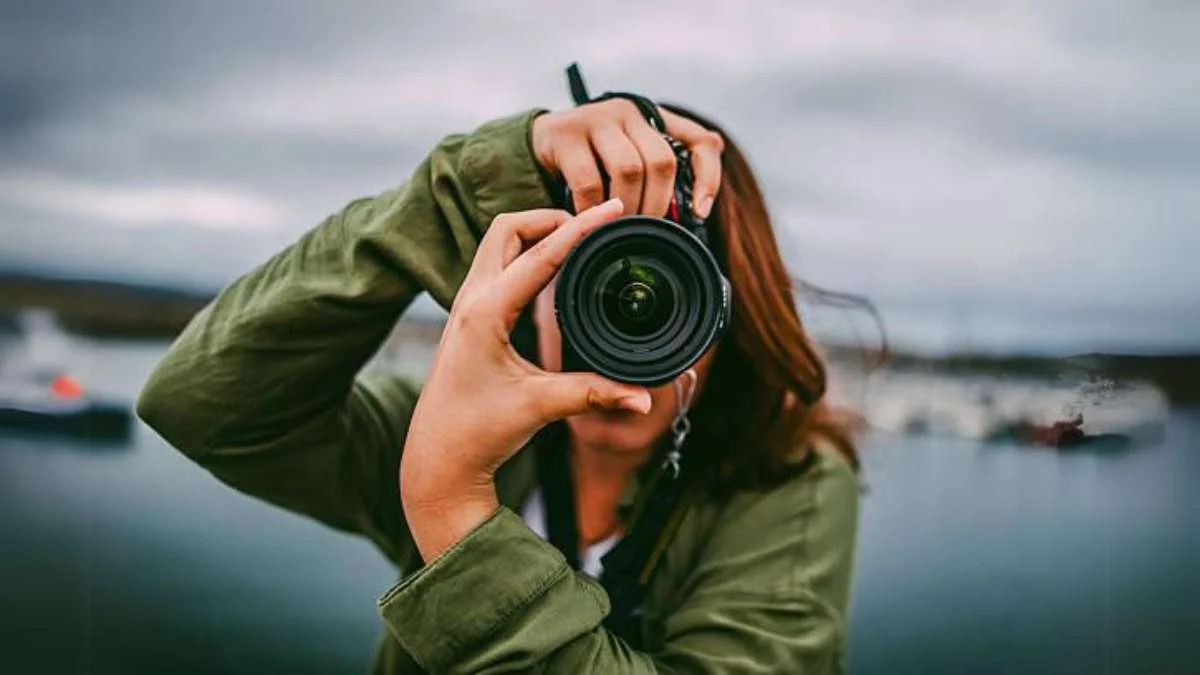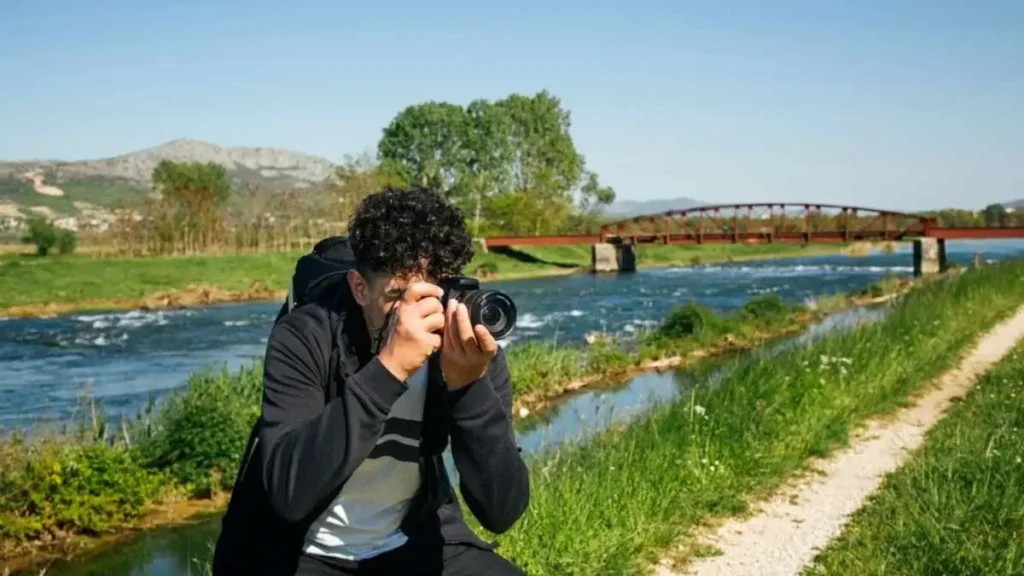GENERAL
Behind the Lens: The Skills and Equipment Needed for Nature Photography Jobs

Have you ever wondered what it takes to capture stunning images of nature?
Nature photography combines technical skills with a keen eye for detail. The right equipment, patience, and a love for the outdoors are essential. Learning the basics can open a world of creative opportunities.
Ready to embark on your nature photography journey? Read on to uncover the essential skills and tools you’ll need for nature photography jobs.
Table of Contents
Mastering Lighting
Mastering lighting is one of the most important skills when it comes to wildlife photography careers. Good lighting can make your photos look amazing. The best time to take photos is during the golden hours. These moments are just after sunrise and just before sunset, where the light is soft and warm, making your subjects glow. It’s also useful to know how to use natural light to your advantage.
A cloudy day might seem dull, but the clouds act as a giant softbox, giving even and beautiful lighting. Always pay attention to where the light is coming from and how it affects the scene.

Utilizing Manual Mode
Mastering manual mode can greatly improve your nature photography. This mode allows you to control the camera settings yourself, giving you the chance to take the best possible shot.
Start by adjusting the aperture. This controls the amount of light that enters the camera. A wider aperture lets in more light and creates a blurry background, which can make your main subject stand out.
Next, adjust the shutter speed. A fast shutter speed is great for capturing moving subjects, while a slow shutter speed can create a motion blur effect.
Lastly, set the ISO. Lower ISO values keep the image clean, while higher values can add grain, useful in low light. Practice using these settings to see how they affect your photos.
Sharpness and Focus
Getting clear and sharp photos is key to good nature photography. Start by making sure the focus is on your main subject. If your camera has auto-focus, let it help you, but don’t be afraid to switch to manual focus for tricky shots.
Use a tripod to keep the camera steady, especially in low light or when using a slow shutter speed. This helps prevent blurry images.
Another tip is to use a timer or remote shutter release to avoid camera shaking when you press the button. Pay attention to your depth of field too, so your main subject stands out clearly against the background. Practicing these techniques will help you take sharper photos.
Composition Techniques
Composition is all about how you arrange the elements in your photo. A good composition makes your photo more interesting and pleasing to the eye. One popular technique is the rule of thirds.
Imagine dividing your photo into nine equal parts with two horizontal and two vertical lines. Try to place important elements along these lines or at their intersections.
Leading lines are another useful technique. These are lines in the scene, such as a path or river, that lead the viewer’s eyes to the main subject. Using patterns and symmetry can also create striking images.
Lastly, don’t forget to leave some space around your subject, giving it room to “breathe” within the frame. With practice, you will learn how to compose beautiful photos.
Patience and Timing
Nature photography requires a lot of patience. Animals and weather can be unpredictable, so you might need to wait a long time to get the perfect shot. Be prepared to spend hours in one spot, watching and waiting.

Sometimes, the best photos happen in a split second – when an animal moves into the perfect position or a ray of sunlight hits just right. Always have your camera ready to capture these moments.
Learning when to take a photo is as important as knowing how. Being patient and observing your surroundings will help you capture amazing images.
Understanding Wildlife Behavior
Understanding wildlife behavior is crucial for successful nature photography. To capture great shots, you need to know where to find animals and what they are likely to do next.
Spend time watching animals in their natural habitat. Take notes on their habits, movements, and routines.
For example, if you want to photograph birds at Englishman River Falls, observe when they come to feed or bathe. Early mornings and late afternoons are usually the best times.
Knowing these patterns helps you anticipate the perfect moment to click the shutter. Patience and keen observation are your best tools to capture stunning wildlife photos.
Post-Processing Skills
After taking your photos, you can enhance them using post-processing software. Basic edits include cropping, adjusting brightness, and tweaking colors to make the image pop. Sharpening the photo can also bring out details.
Avoid over-editing to keep the natural look of your shots. Start with free software and, as you get better, consider investing in more advanced programs for professional results. Post-processing can turn a good photo into a great one.
Weather Adaptability
Nature photography often requires working in different weather conditions. Be prepared for changes in the weather.
Take appropriate clothing to stay comfortable. A waterproof jacket can be very useful in the rain, and wearing layers will help you stay warm in the cold.
Carry gear that protects your camera from water and dust. A simple rain cover will keep your equipment safe.
Learning how to shoot in various lighting and weather conditions makes you a stronger photographer. Embrace the elements, and you will capture stunning and unique images.
Equipment Maintenance
Maintaining your nature photography gear is very important in nature photography. First, always clean your camera and lenses.
Use a soft brush or lens cloth to remove dust and dirt. This keeps your photos sharp.
Also, check your camera’s battery before heading out, and carry a spare battery just in case. Store your gear in a dry bag to protect it from rain and humidity.
Taking good care of your equipment ensures it works well and lasts a long time. This way, you are always ready to capture amazing photos.
Start Honing Your Skills for Nature Photography Jobs Today
Nature photography jobs offer a mix of adventure and creativity. By exploring the outdoors and taking pictures of its beauty, you can create amazing images that inspire others.
Whether you’re new or experienced, there’s always something new to learn. Enjoy the challenges and rewards of nature photography jobs, and start your journey today.
Did you learn something new from this article? For more tips and guides, keep checking out our blog!
-

 GENERAL2 months ago
GENERAL2 months agoUncovering the World of кинокрадко: The Dark Side of Film Piracy
-

 GENERAL1 month ago
GENERAL1 month agoUnveiling the Art of преводсч: How Translators Bridge Language Barriers
-

 YOGA1 year ago
YOGA1 year ago4 Person Yoga Poses for Beginners
-

 GENERAL3 weeks ago
GENERAL3 weeks agoChristofle – For Those Who Dream of Family Heirloom Silver


























